
New AI center will provide boost for agriculture
Agriculture is an integral part of Florida’s economy, directly contributing over $10 billion in sales revenues annually and supporting over 133,000 jobs. But farmers face numerous challenges: pests, diseases, labor, rising costs and more. To protect crop yields and the environment, UF/IFAS is increasingly leveraging powerful tools such as technology driven by artificial intelligence (AI). In an effort to expedite such development, UF/IFAS will build a 19,000-square-foot AI hub at the Gulf Coast Research and Education Center (GCREC) in Balm, about 25 miles southeast of Tampa. The Center for Applied Artificial Intelligence in Agriculture, as it’s now known, will serve as a world-class research, Extension and development facility. AI and robotics can autonomously accomplish many tasks that traditionally require manual labor. By developing these technologies, AI can increase the number of technology-driven, competitive-paying jobs on the farm. Another advantage: applying AI to challenging problems often leads to start-up companies that could benefit Florida’s economy.
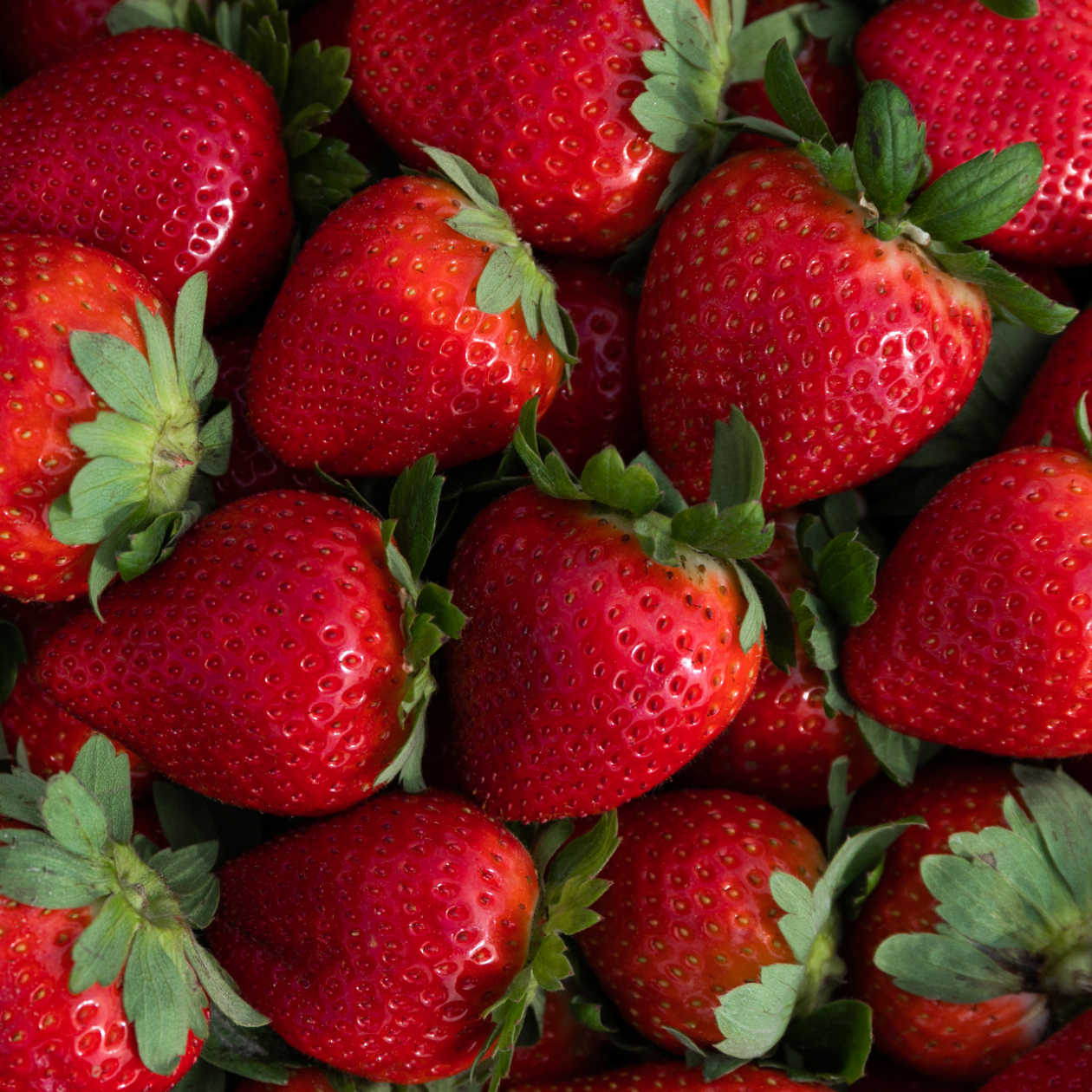
AI system detects bruised strawberries before market
If you’re perusing the produce section, you generally seek fresh, pleasant-looking fruit – the kind most consumers want to buy. Usually, that means you see few, if any, blemishes. Fruit bruising has many causes: compression, impact or vibration during harvesting, transportation and packaging operations. Xue Zhou, a doctoral student in the UF/IFAS College of Agricultural and Life Sciences, works with Yiannis Ampatzidis, a UF/IFAS associate professor and with Won Suk “Daniel” Lee, a professor, both in agricultural and biological engineering. Together, the researchers use artificial intelligence technology to make sure the strawberries you buy at the market are healthy. Their system finds bruises by detecting differences in color, shape and texture between the bruised and healthy parts of the fruit. At least 15% of each strawberry should show bruising before scientists put it in that classification. Such strawberries should be discarded.
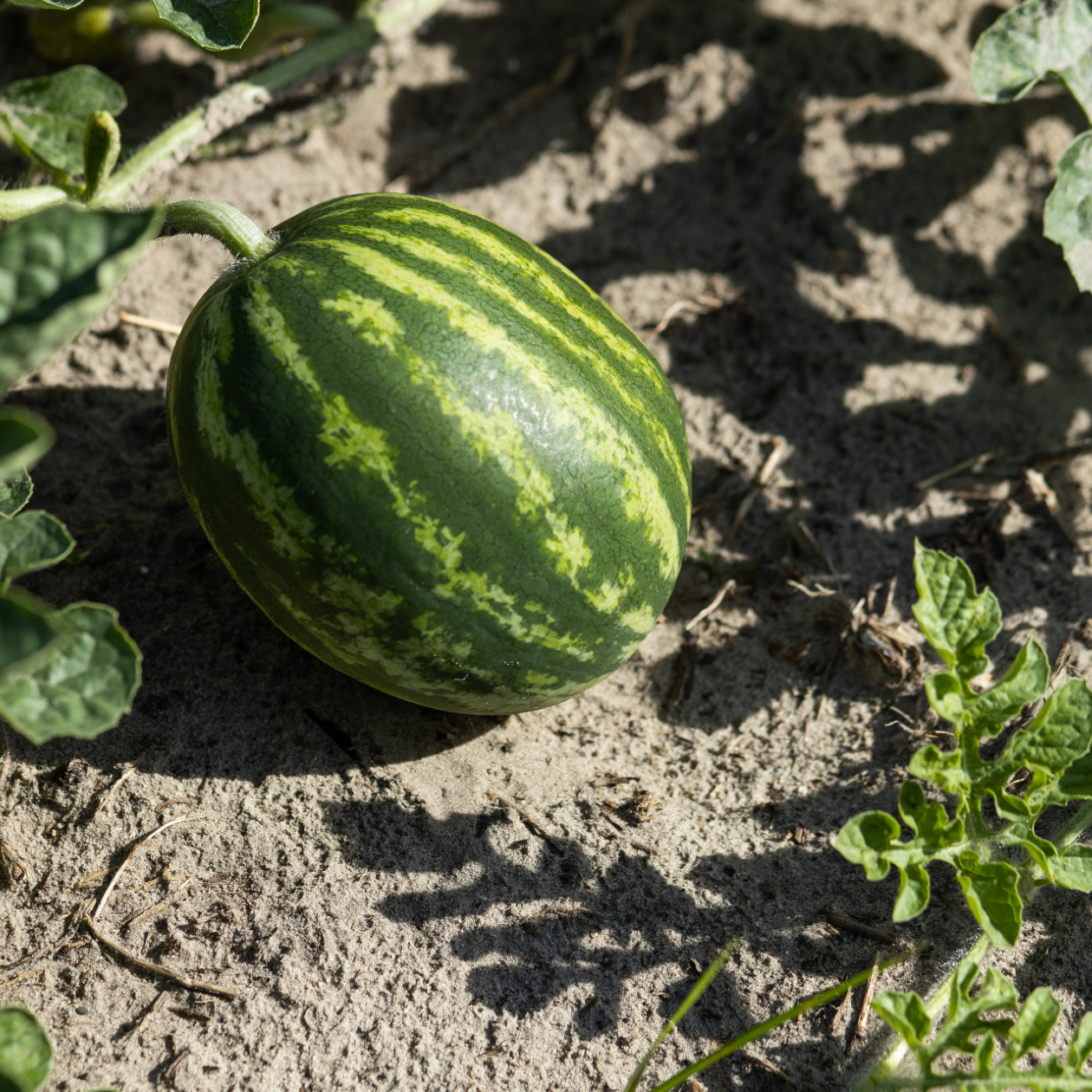
AI helps detect watermelon disease quickly, accurately
Do you savor a juicy watermelon in the scorching summer heat? Florida farmers toil to meet your tastes. The Sunshine State leads the nation in watermelon production. Watermelon producers seek ways to control diseases – such as downy mildew -- so they don’t lose all or part of their crops. Yiannis Ampatzidis, an associate professor of agricultural and biological engineering at the UF/IFAS Southwest Florida Research and Education Center, used artificial intelligence to help find downy mildew. In newly published research, Ampatzidis used spectral reflectance -- the energy a surface reflects at specific wavelengths -- of plant canopies and machine learning to quickly and efficiently detect downy mildew in several stages of the disease. Hopefully, farmers can take advantage of this technology. “Our most important result was finding downy mildew in its earliest stage, which is critical to growers’ ability to manage this disease,” Ampatzidis said.
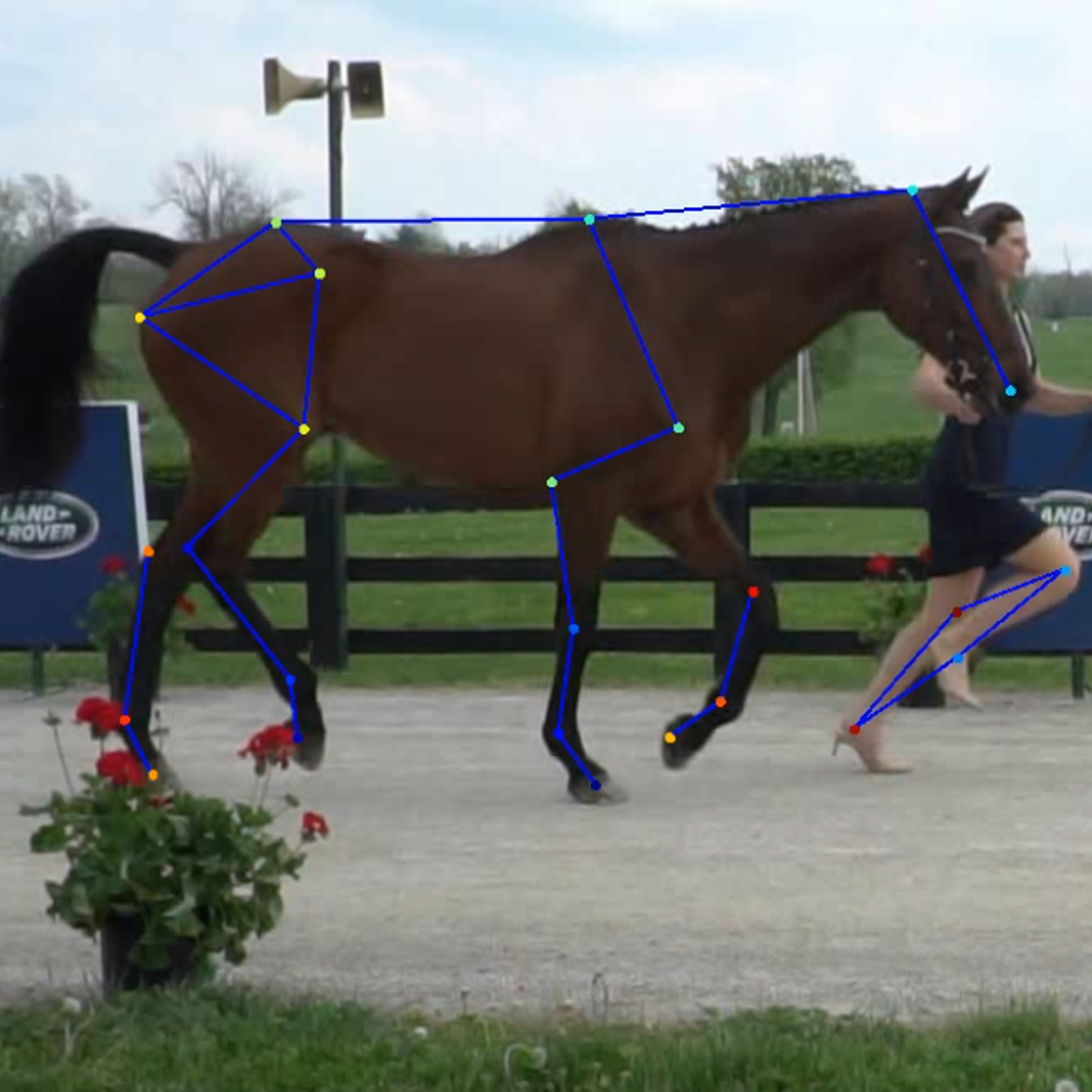
UF/IFAS researchers will use AI to assess livestock mobility
University of Florida scientists want to assess livestock mobility faster and more accurately, ultimately helping farm animal health and production. To do so, they’ll use artificial intelligence to analyze high-definition video of the animals as they move. Samantha Brooks, a UF/IFAS geneticist and associate professor of equine physiology – along with other UF researchers -- have been awarded a $49,713 grant from the Agricultural Genome to Phenome Initiative (AG2PI) for this research. The team will combine machine learning with gait analyses to speed their assessment of livestock mobility. As they review the data, researchers will look at such horse traits as stance time, stride length and limb extension. In cattle and swine, scientists are more interested in asymmetry and postures that indicate pain for abnormal function in one or more limbs.

New UF/IFAS professor to combine AI and plant breeding; teach tomorrow’s AI innovators
Carlos “Charlie” Messina always wanted to help people produce food worldwide, while also preserving the environment. As an undergraduate at the University of Buenos Aires, Messina’s curiosity took him to the meteorology department to learn about El Niño, La Niña and climate change. After receiving his Ph.D. from UF/IFAS and then working for 17 years in the private sector, Messina came “home” to UF/IFAS as a professor of horticultural sciences in January. He works with breeders to improve the nutritional value of Florida produce and to reimagine agriculture as a solution to climate change. Messina also specializes in developing AI for plant breeding. He’s also teaching. During the spring semester, Messina worked with plant breeders to teach a graduate course, “Survey of Breeding Tools and Methods,” in which he introduced advanced concepts in AI. Now, Messina is developing a modeling course for this fall that will enable students to use AI to make data work for them.
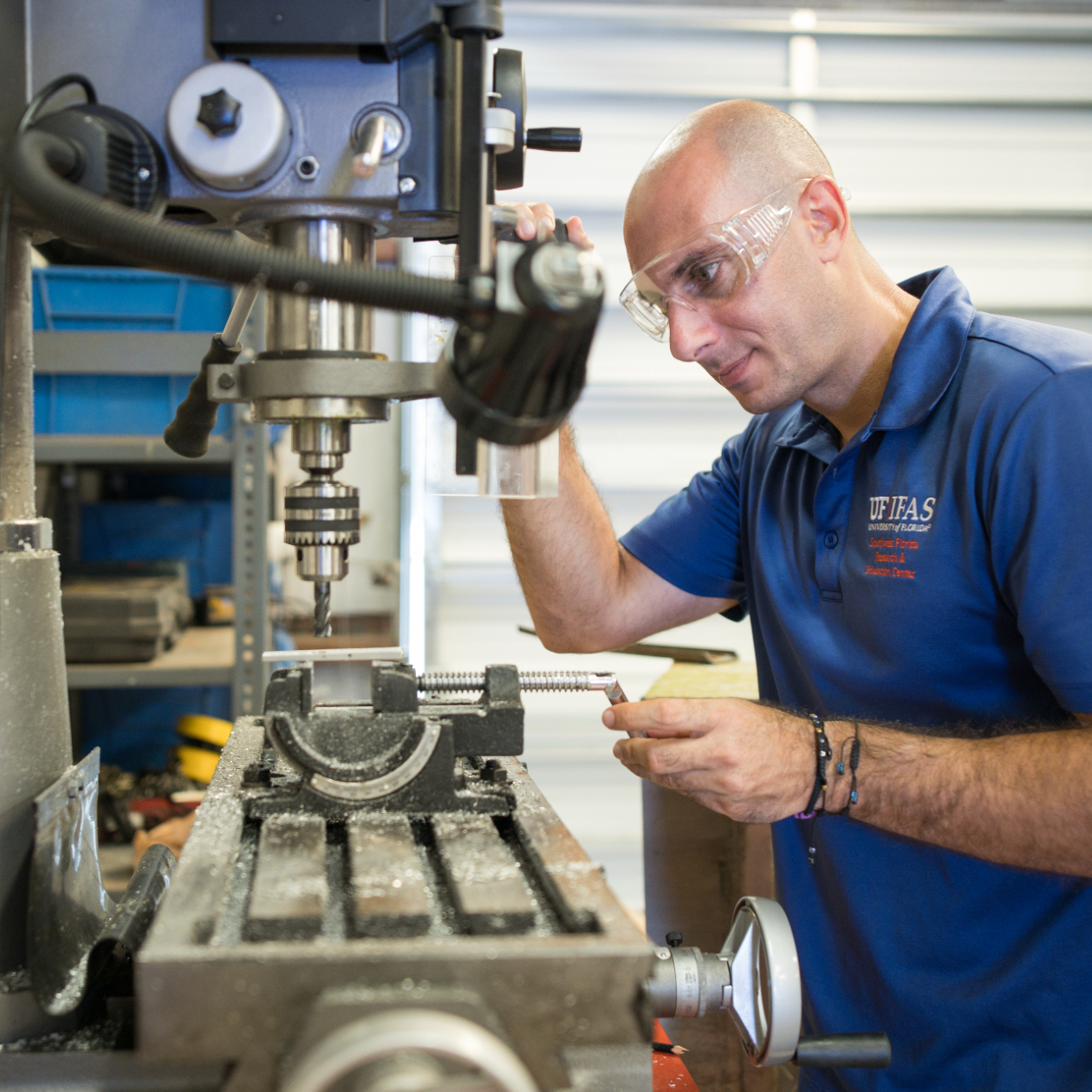
Collaborating for AI Agriculture Use
In a groundbreaking, first-of-its kind event, university scientists, engineers, producers, government agencies and industry officials from throughout the South met at Auburn University to brainstorm ways to use artificial intelligence to help farmers. The three-day conference, held March 9-11 and titled, Envisioning 2050 in the Southeast: AI-driven Innovations in Agriculture, was the brainchild of Brenda Ortiz, an Auburn professor of crop, soil and environmental sciences; Kati Migliaccio, UF/IFAS professor and chair of agricultural and biological engineering; and Alex Thomasson, Mississippi State University professor and department head for agricultural and biological engineering. The bottom line from participants: They can empower farmers and equip farms to increase their economic and environmental sustainability and develop resilient solutions to address climate change by using AI. The key is working together to make sure solutions fit problems and are viable in agricultural systems, from field to fork.
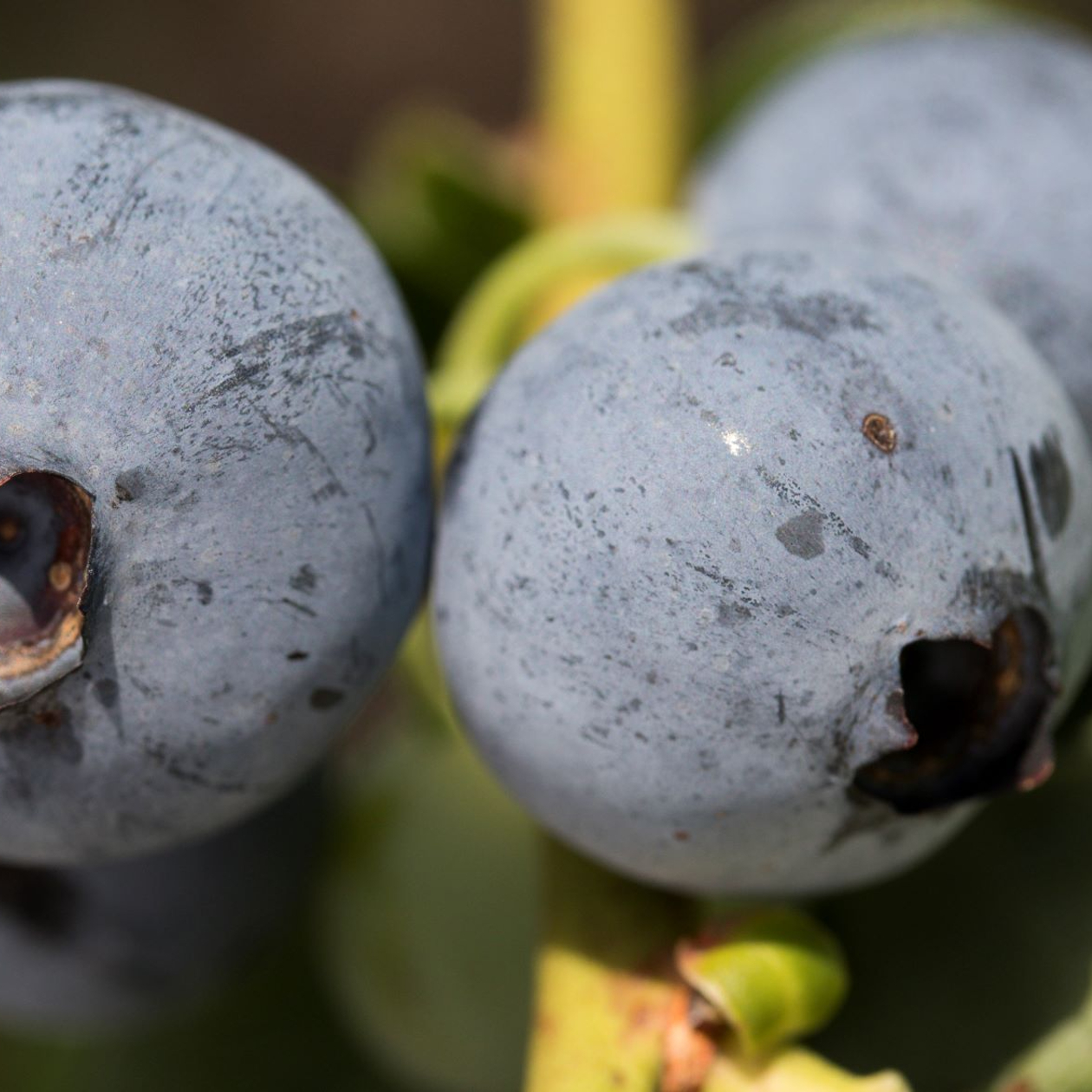
Artificial Intelligence Connoisseur
Can a computer “taste” a tomato or a blueberry? Well, not exactly, but it can tell scientists which volatiles in these fruits make them taste good, say UF/IFAS researchers. UF/IFAS breeder and geneticist Marcio Resende wants to create what he calls an “Artificial Intelligence Connoisseur,” a model that tells researchers which chemical compounds -- that is to say, volatiles, sugars, acids and other chemical compounds -- produce the best fruit flavors. Producers know that if they do not include varieties that taste good, then their fruit might not sell for a good price or sell at all. Resende led the new research that shows ways to get data from volatiles in blueberries and tomatoes into a statistical model. The research findings are now limited to those two fruits but will later be expanded to other crops UF/IFAS researchers develop.
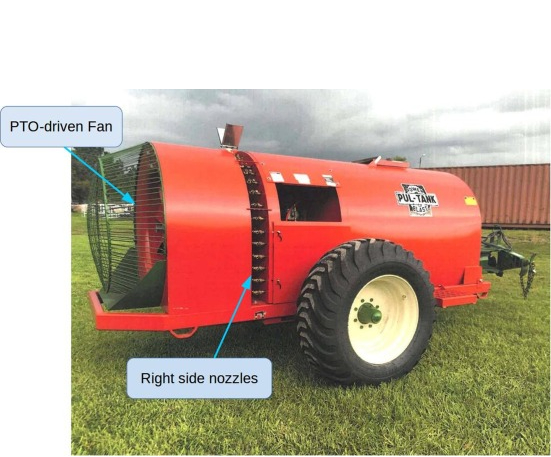
Smart-Spray Technology
Growers need to spray efficiently so they can apply pesticides and fertilizer only to crops – and minimize the chemicals that may contaminate natural resources. As they battle the economically devastating citrus greening disease, farmers must look to control costs wherever possible. With that in mind, Yiannis Ampatzidis is engaging artificial intelligence to develop a low-cost, smart tree-crop sprayer that can automatically detect citrus trees, calculate their height and leaf density and count fruit. That way, farmers target their spray more efficiently, so it lands on trees and leaves – and reduces chemical use by about 30%, compared to traditional spray methods. Smart-spray technology lets the grower vary the amount applied based on tree size and leaf density, and it will not spray if there is no tree or if a tree appears dead.
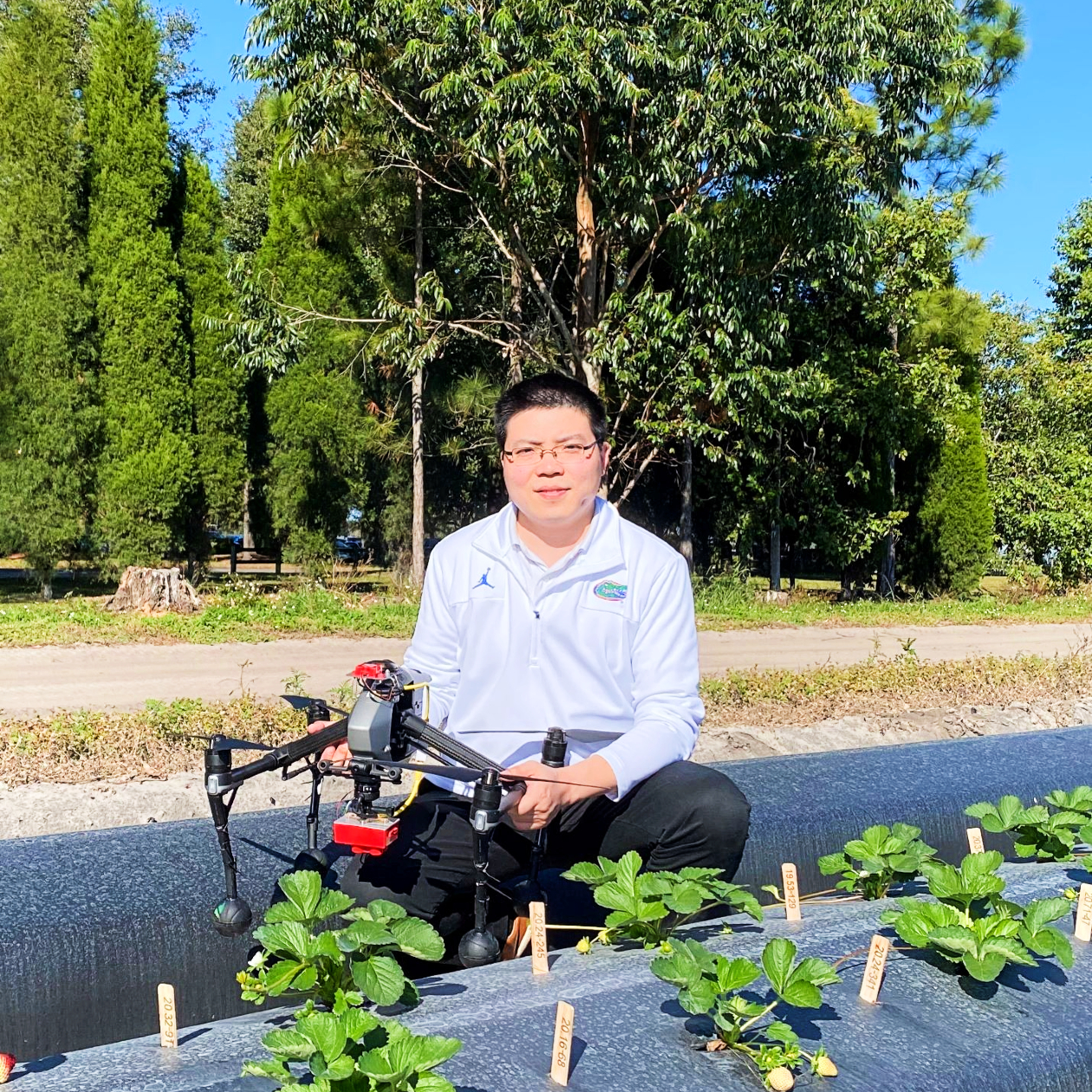
AI Could Improve Specialty Crop Efficiency and Precision
In college, Kevin Wang learned to be a software engineer. He earned his bachelor’s and master’s degrees and never seriously considered studying abroad. But a summer camp at the University of California, Davis, in 2007 changed his mind. Through that experience, he challenged himself to work harder and make life changes. Wang earned his Ph.D. and conducted some post-doctoral research at Kansas State. He started as an agricultural engineer at the UF/IFAS Gulf Coast Research and Education Center on October 1. Now, he plans to use artificial intelligence to help the center’s scientists develop new varieties of tomatoes, strawberries, ornamental plants and other specialty crops with more efficiency and precision. He plans to use UF’s HiPerGator, the largest university-based supercomputer in the world, to augment his research. Analysis results from HiPerGator could indicate which phenotypic data will help develop the best plant cultivars with the most efficiency.

Reducing Food Waste Through AI Research
That broccoli or avocado might look fine to the human eye, but inside, the clock is ticking. That is why Tie Liu is using hyperspectral imaging and AI to look beyond the visual spectrum to identify signs of freshness and spoilage invisible to the human eye. Funded by a nearly half-million dollar, four-year grant from the USDA National Institute of Food and Agriculture’s (NIFA) Agriculture and Food Research Initiative (AFRI), the project, called FreshID, also tackles a global problem: food waste and loss.
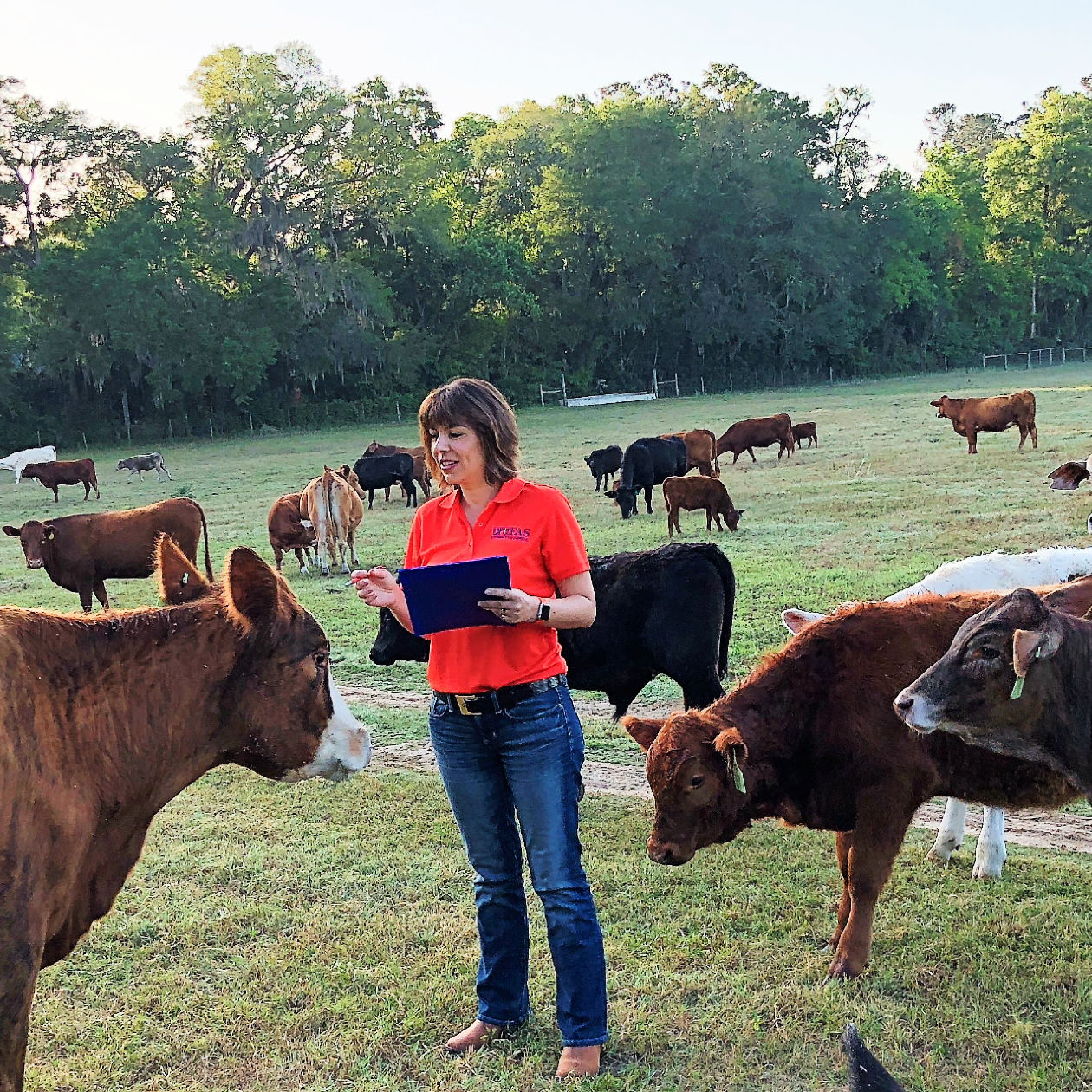
UF/IFAS scientists use AI to improve meat and dairy production from cattle
Two University of Florida scientists will use artificial intelligence to analyze millions of bits of genetic data to try to keep cattle cooler and thus, more productive. Raluca Mateescu, a UF/IFAS professor, and Fernanda Rezende, a UF/IFAS assistant professor – both in animal sciences -- gather hundreds of thousands of pieces of information about cattle genetic traits. They plan to use UF’s supercomputer, the HiPerGator, to analyze that data. With the information Mateescu and her team get from the HiPerGator, they can give ranchers better recommendations on which animals to keep and breed for improved quantity of beef and dairy.
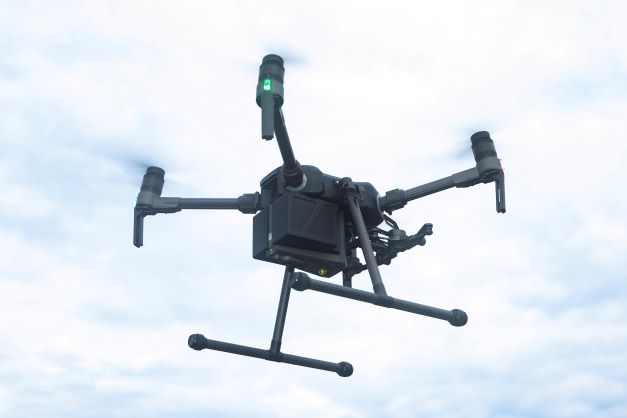
UF/IFAS scientists use AI to try to more accurately predict citrus yields
University of Florida researchers are using artificial intelligence to help citrus growers better forecast their seasonal production. Preliminary studies show a model that predicts yields with 98% accuracy, way up from the 75% to 85% growers get when they count their trees manually. If they can predict their yield, citrus growers make better business decisions. “Citrus yield predictions give growers, packinghouses and other distributors critical information before the farmers harvest the fruit,” said Yiannis Ampatzidis, UF/IFAS associate professor of agricultural and biological engineering at the Southwest Florida Research and Education Center. “Such predictions help growers know what resources such as workers, storage and transportation will be needed for the harvest.” The preferred model combines data from unmanned aerial vehicles with manually gathered ground-based data. Currently, growers manually count fruit from randomly selected trees, then they harvest immature fruit from those trees. Then they use simple mathematical models to extrapolate and predict yield for a block, Ampatzidis said.
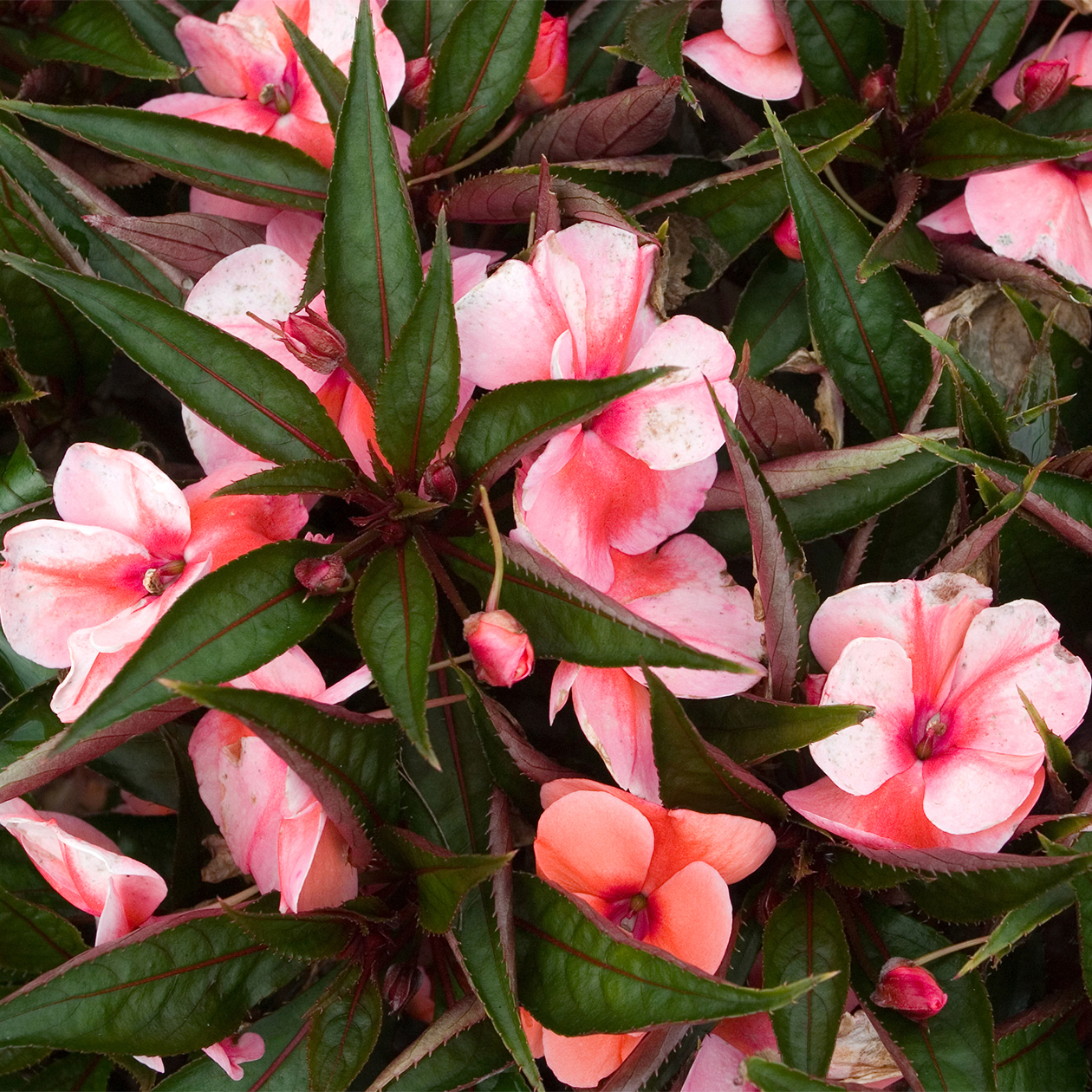
Using AI to reduce a disease common to Impatiens
Many people love to plant impatiens – also known as the “Touch Me Not” -- in their gardens, yards and patios because of their bright, colorful flowers and tolerance to shade, said UF/IFAS ornamental plant breeder Zhanao Deng. He and his research team found two New Guinea impatiens varieties that can resist the deadly downy mildew disease throughout the flower’s entire life. To reach their findings, Deng and his team tested 16 garden impatiens and 16 New Guinea impatiens varieties in Florida. Their findings showed all New Guinea impatiens varieties resisted the pathogen after their first true leaves have emerged. Scientists used DNA sequencing and bioinformatics to find genes associated with downy mildew resistance. The DNA sequencing produced large datasets. To sort through all the information and arrive at their findings, Deng and his team used the UF HiPerGator supercomputer on the main campus in Gainesville.
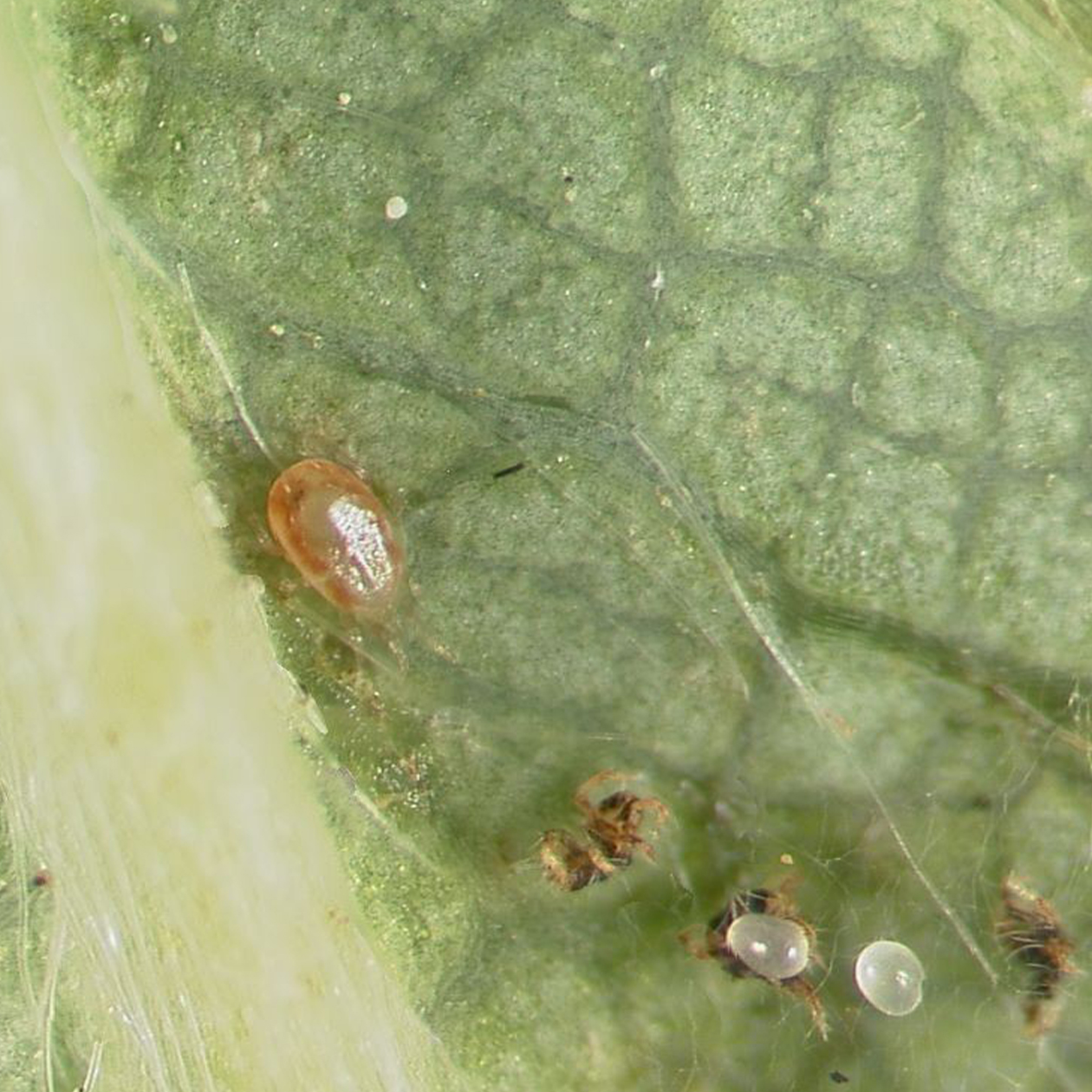
AI could reduce the amount farmers spray to control strawberry pest
Artificial intelligence that might use smartphone images could lead to more accurate, early detection of a pest that ruins strawberries, a $300 million dollar-a-year industry in Florida. UF scientists have developed a smartphone app to detect the twospotted spider mite. If the method works, farmers will magnify images of strawberry leaves. Then, they label images to train deep learning networks -- a form of artificial intelligence -- to recognize the mites. Once the networks are trained, they can be used to identify the pests. Quicker detection would let farmers use lower levels of chemicals that might otherwise harm the environment. As it stands, most growers spray regularly, perhaps as often as every week. Twospotted spider mites cause $28 million to $34 million of damage on Florida crops annually. Additionally, it costs between $3 million and $5 million and can be even more if the grower’s management system is set up on a weekly basis.
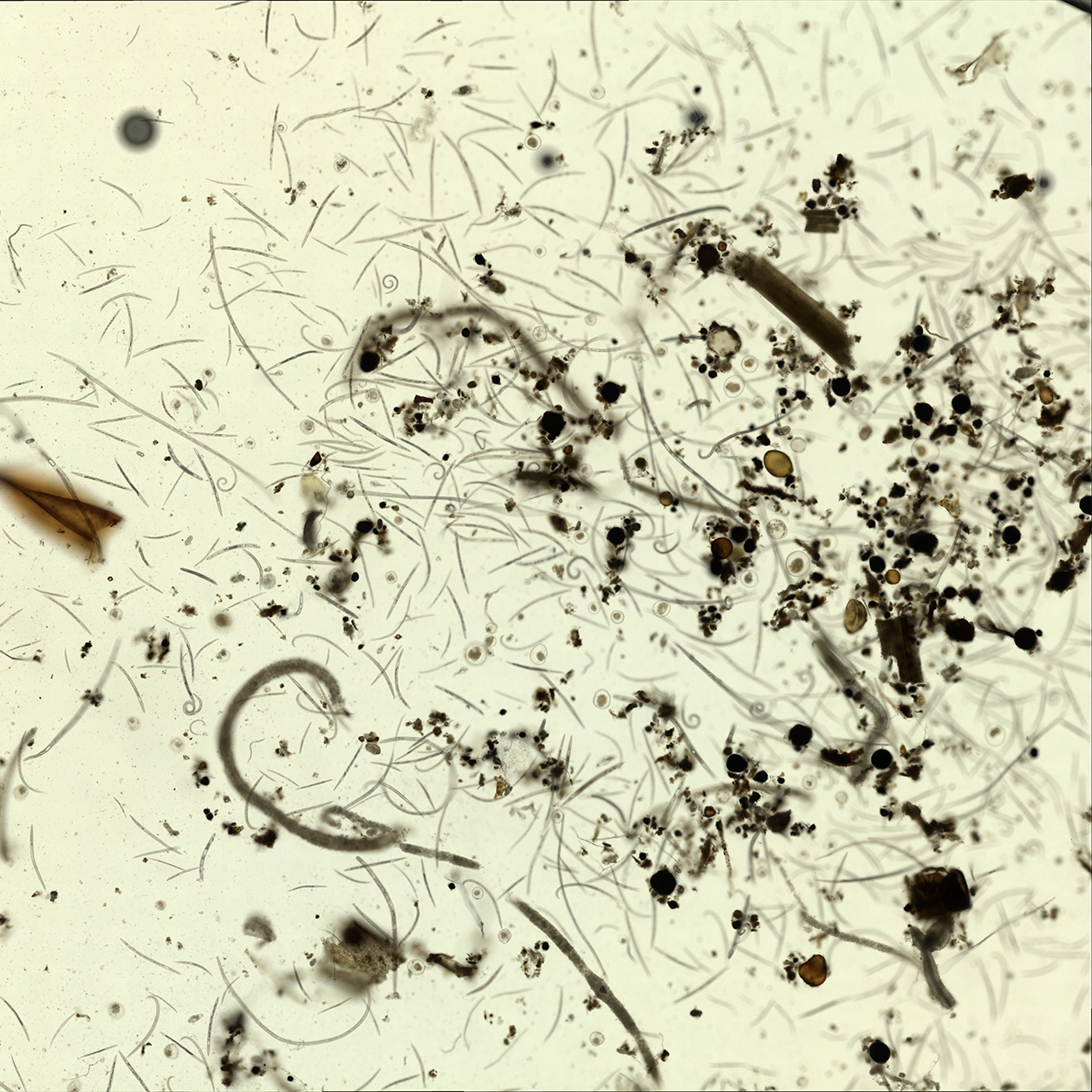
AI may help UF researchers identify crop-destroying nematodes
Parasitic nematodes cause $125 billion in agricultural damage around the world each year, but University of Florida scientists hope to alleviate some of that destruction. To do so, UF researchers will use artificial intelligence to try to more rapidly identify nematodes. Researchers led by Peter DiGennaro, a UF/IFAS assistant professor of entomology nematology and Alina Zare a professor in the Herbert Wertheim College of Engineering and director of UF’s Machine Learning and Sensing Lab want to use AI technology to aid farmers in their battle against nematodes. Growers need a quick way to identify plant parasitic nematodes in their soil to decide on a course of treatment, DiGennaro said. Artificial intelligence might help with this initial diagnosis of the nematode, making it quicker and cheaper to know what types of nematodes are in their fields and potentially save growers from using costly management methods or losing crops to undiagnosed nematode problems.

UF scientists use AI technology to breed better-tasting strawberries
A tastier strawberry may come from a computer. New University of Florida research shows artificial intelligence can help scientists breed more flavor into the fruit, which is a $300 million-a-year industry in Florida.
Vance Whitaker, a UF/IFAS associate professor of horticultural sciences, used an algorithm that gives him the ability to predict how a strawberry will taste, based on the chemical constitution of its fruit. The computer method also takes less time than volunteer test panels.
Over seven years, 384 consumers came to the UF Sensory Lab in Gainesville to give their feedback on flavor and aroma of strawberry varieties. Whitaker and his team compared consumer preferences with results that came from an established algorithm and found the volatiles he needs to boost in strawberries he breeds in the future to improve their flavor.
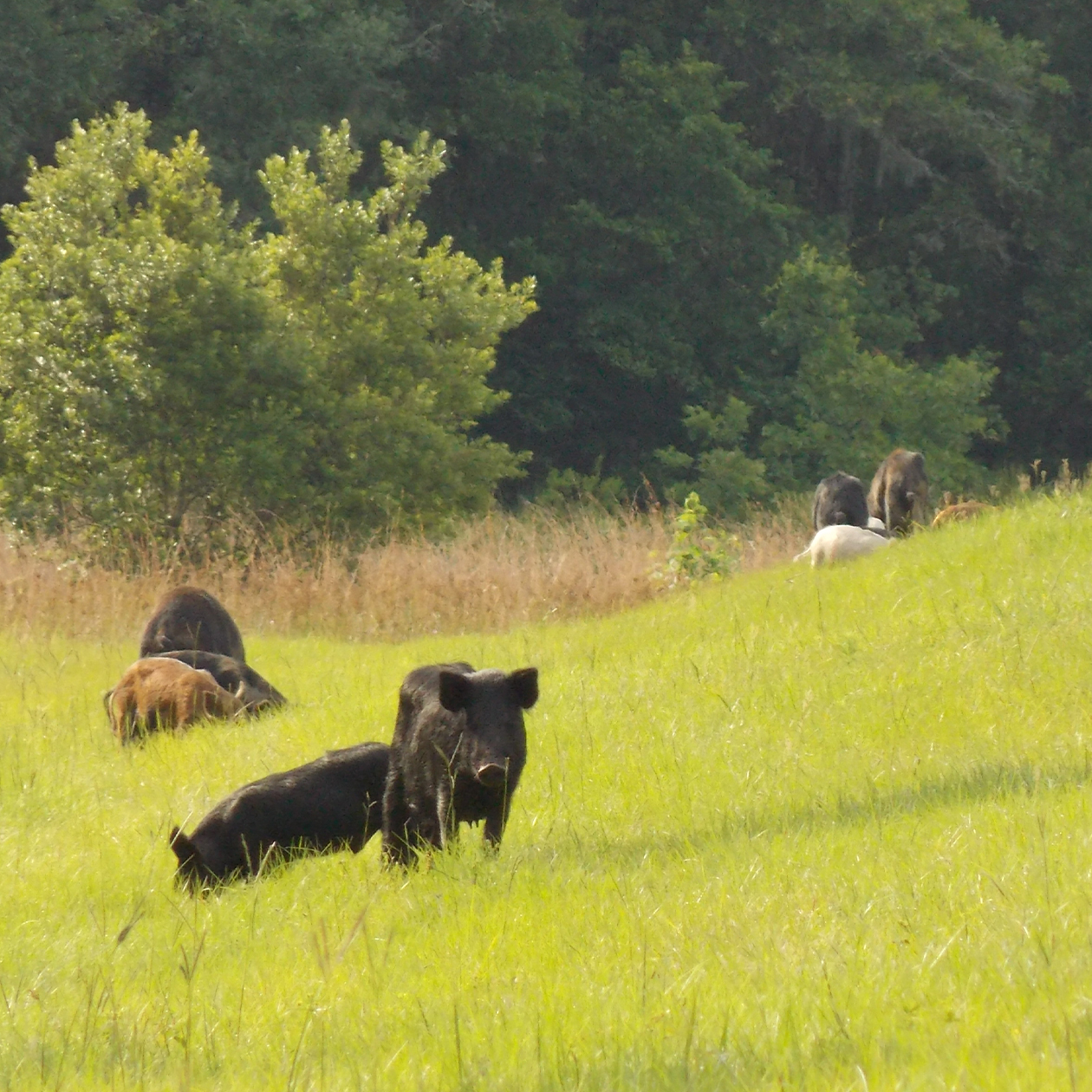
UF researchers use AI datasets to track feral pigs, minimize disease risk
Feral pigs cost the agriculture industry at least $1.5 billion in damage, disease and control costs around the United States annually, running rampant on large swaths of grazing lands. The swine root in soil and eat most everything in sight.
Farmers and ranchers will benefit from research by University of Florida scientists who are using artificial intelligence to gather data on feral hog reproduction and movement.
Samantha Wisely, a UF/IFAS professor of wildlife ecology and conservation, will conduct her latest feral pig research at Archbold’s Buck Island Ranch, in southeastern Highlands County. There, she’ll collaborate with station researcher Raoul Boughton, who used AI to identify pigs from millions of pictures taken by remotely triggered wildlife cameras. Using these techniques, Wisely and others will further use this AI-generated dataset of pictures to track the movements of groups of pigs, called sounders, to predict how pathogens spread from pig to pig in Florida grazing lands.

Hurricanes and Invasive Plant Spread
Scientists project hurricane intensity and frequency will increase with climate change, which warrants a better understanding and prediction of how they will affect the dispersal and establishment of non-native plant invaders. UF/IFAS researchers, led by agronomy Associate Professor Luke Flory, are using a combination of on-the-ground plant research and hyperspectral sensing to evaluate the effects of hurricanes on Brazilian peppertree and Old World climbing fern. These are two of the most widespread and problematic invaders in South Florida, including such large areas as the Big Cypress National Preserve and Everglades National parks, and hurricanes may disperse seeds to new habitats. Flory and his team want to examine the post-hurricane conditions with remotely sensed data that can be used to map the distribution of invasive plants.

UF scientists look to space to help ranchers on Earth
UF/IFAS agronomist and agroecologist Chris Wilson is leading a project to develop a tool -- based on data from satellites -- that ranchers can use to improve their pasture and grazing management. Because of the size and complexity of ranchland ecosystems, scientists need tools to help monitor and quantify key ‘vital signs’ -- such as the amount of green grass -- over large areas where traditional field scouting is impractical. To gather that large dataset, Wilson and his team intend to use multiple orbiting satellite platforms that contain decades of historical data. Wilson's team uses Landsat from NASA and Sentinel II from the European Space Agency, among others. They combine these data with field data using a combination of statistical and AI-based models, in order to generate the most accurate and useful insight possible for ranchers to use in their pasture management.
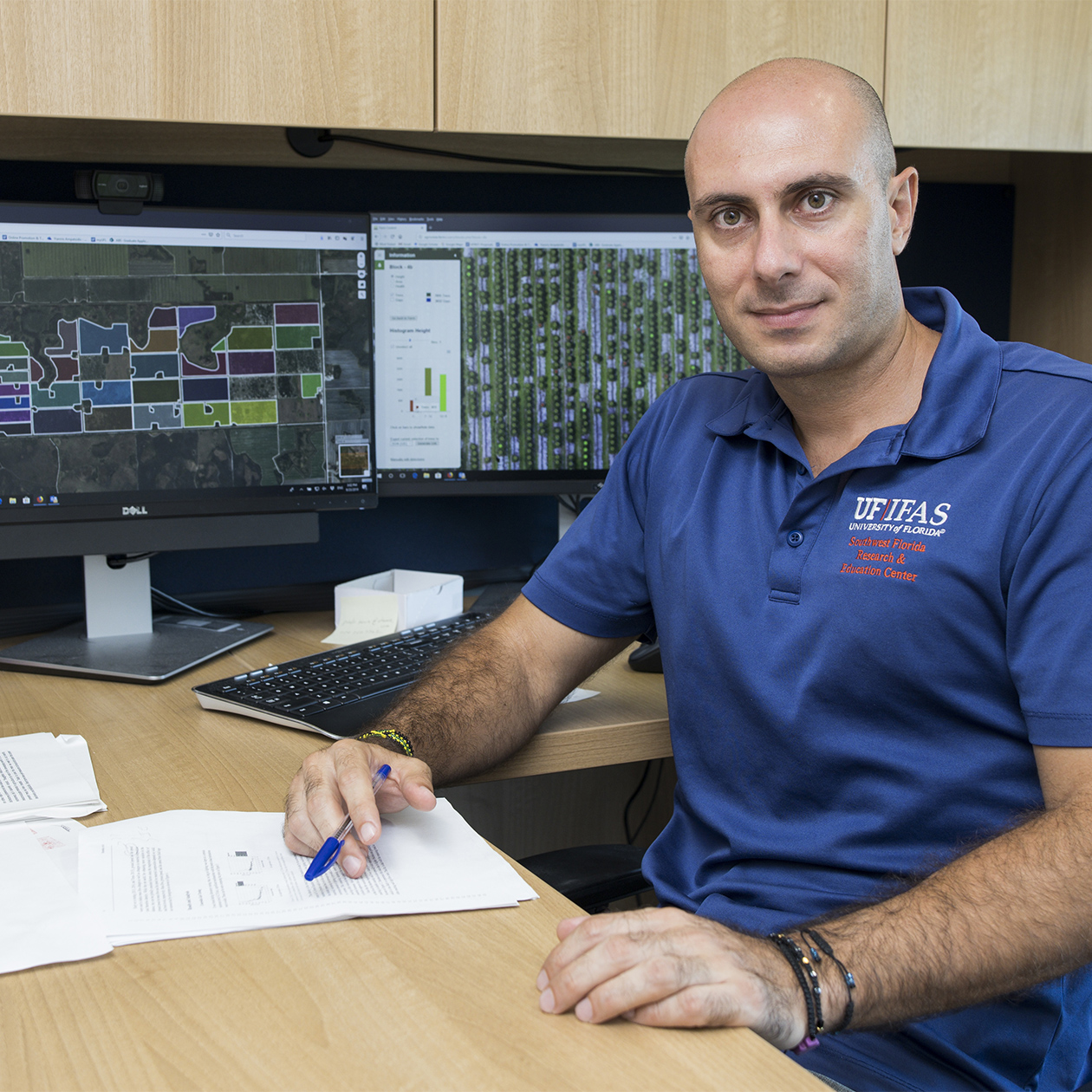
AI-based Software ‘Agroview’ named UF 2020 Invention of the Year
The University of Florida office of licensing and technology named “Agroview” as a UF Invention of the Year. UF/IFAS agricultural engineer Yiannis Ampatzidis and his research team developed this artificial intelligence technology to help farmers save money and better care for their crops. The system utilizes images from drones and satellites and from the ground – along with artificial intelligence -- to assess plant stress, count and categorize plants based on their height and canopy area and estimate plant nutrient content. Agroview can reduce data collection and analysis time and cost by up to 90% compared to the manual data collection.

Detecting Tomato Diseases with 99% Accuracy
To help growers, plant pathologist Pamela Roberts and agricultural engineer Yiannis Ampatzidis use images from drone technology – including a so-called “multilayer perceptron neural network” -- to see if they could distinguish between bacterial spot and target spot on tomatoes. The earlier farmers can detect plant ailments, the sooner they can treat them before they damage crops. Such diseases can cost growers millions of dollars annually for the state’s third most valuable crop.
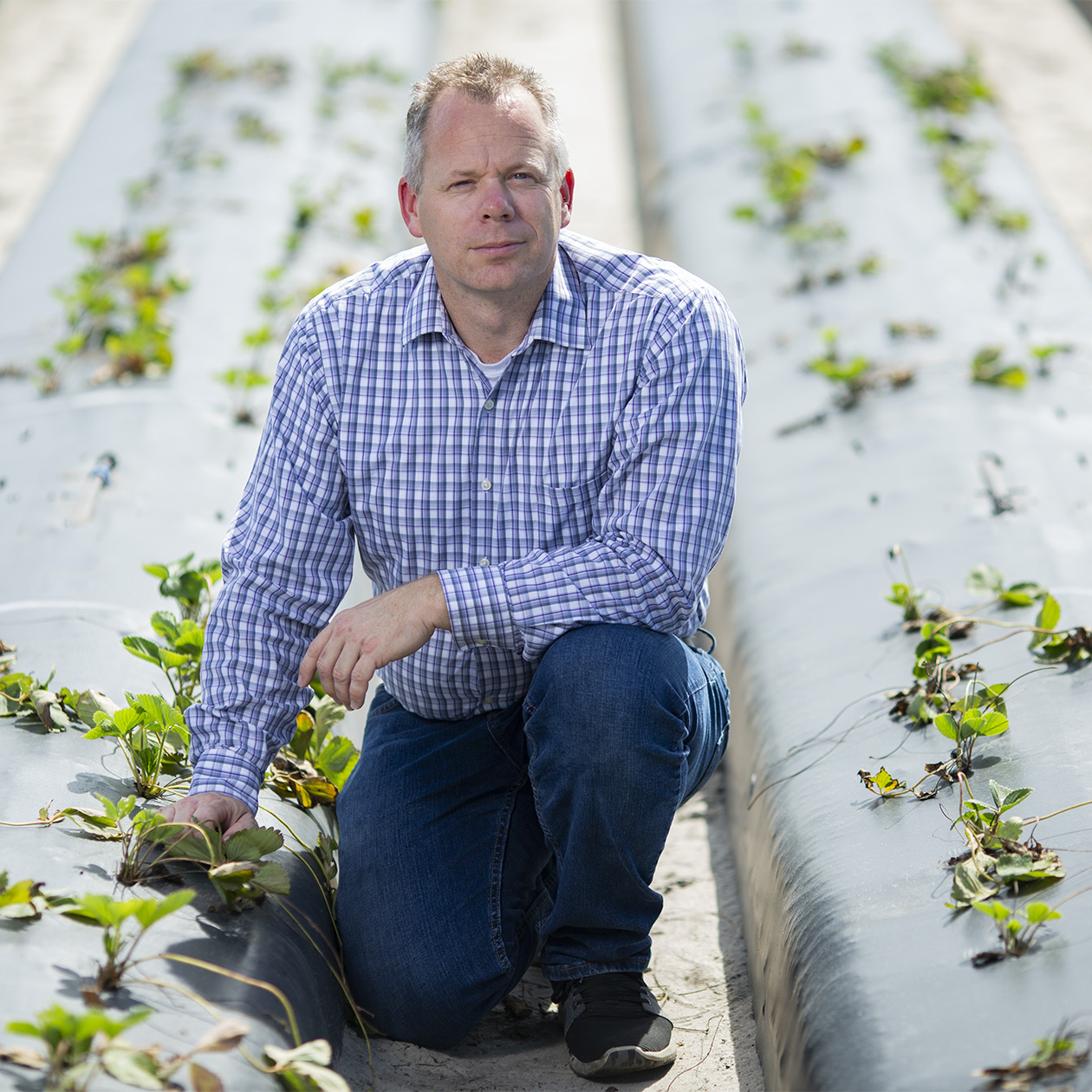
Controlling the Right Weeds and Pests
You don’t necessarily want to kill all weeds and pests that are on a farm. Some are beneficial. So scientists at UF/IFAS are experimenting to see if precision agricultural techniques will surgically control weeds and pests. Horticulturalist and weed scientist Nathan Boyd works with soil and water scientist Arnold Schumann on ways to improve precision sprayers, developing new models for weed and pest detection and integrating the models into new smart sprayers.
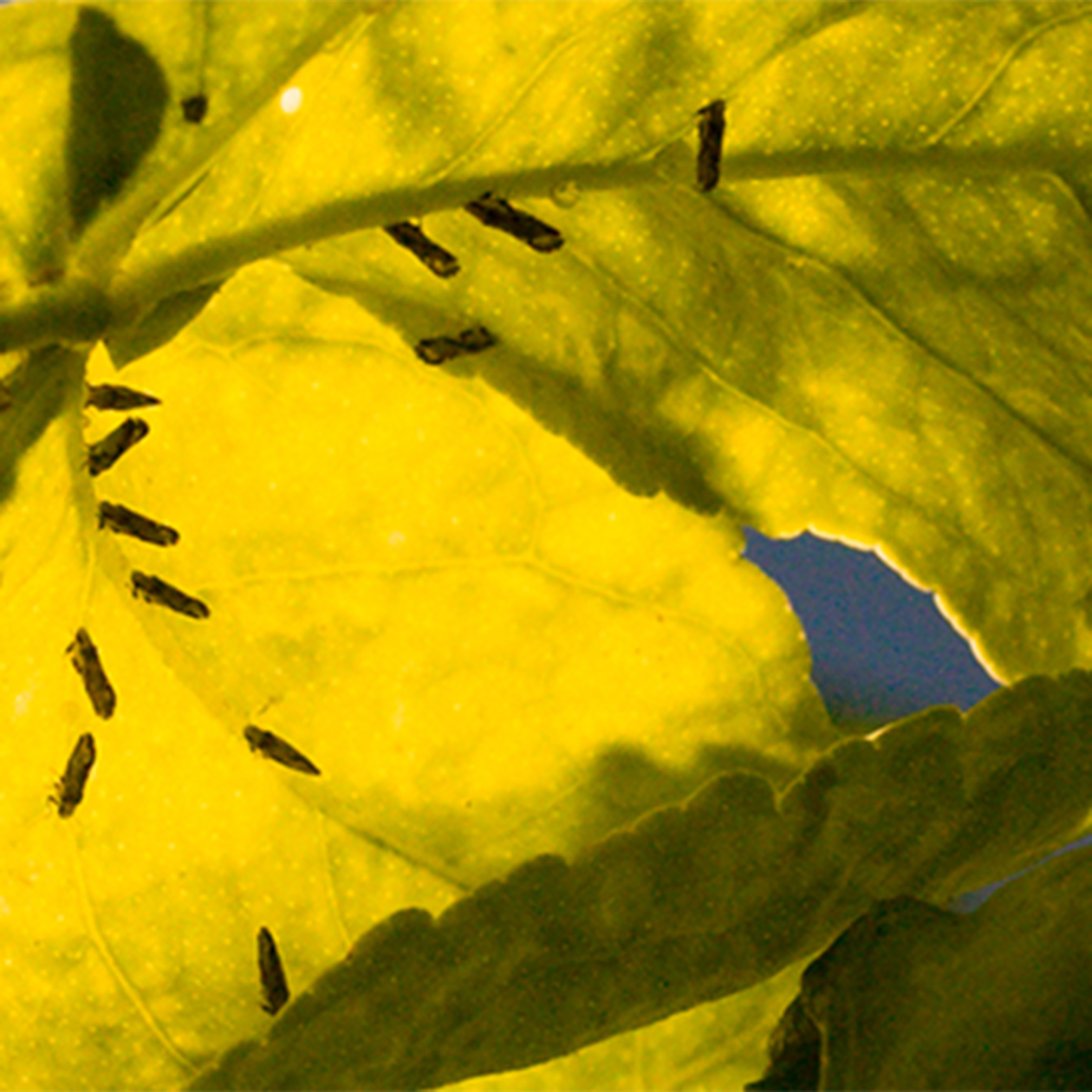
Using AI to Detect Insects
UF/IFAS agricultural engineer Yiannis Ampatzidis sees a day when citrus farmers use artificial intelligence to detect the pin-sized insects that can infect the fruit’s trees with the deadly greening disease. Ampatzidis and his team use novel technology to tap branches and remove Asian citrus psyllids from the citrus trees. Researchers then use an artificial-intelligence-based algorithm to analyze images, detect and count the psyllids that fall from the tree. Growers will eventually use this technology to know if their citrus trees have the psyllids that cause greening.
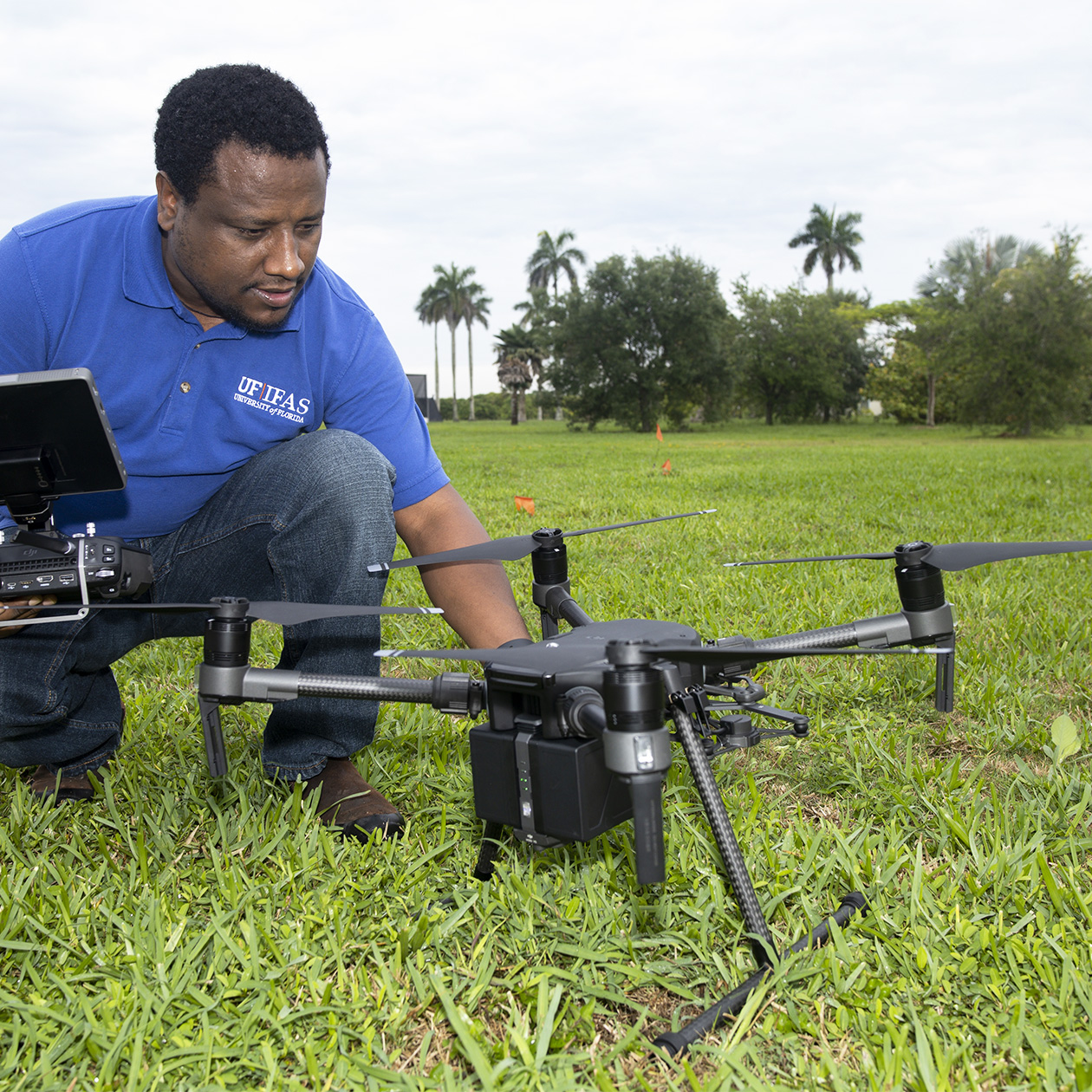
Measuring Crop Evapotranspiration Using Sensors, Drones, and Artificial Intelligence
UF/IFAS agricultural engineer Haimanote Bayabil is leading a project to develop artificial intelligence irrigation system methodology to estimate evapotranspiration, the component in the water cycle that is critical in crop maintenance. This project will use field experiments, data analytics, hydrologic and crop modeling, and development of AI for algorithm generating to bring this science to growers and farmers in the agricultural industry. This research seeks to advance current irrigation scheduling technologies in order to provide farmers and growers precision irrigation that increases crop productivity and saves water.

Using AI for Strawberry Yield Prediction
UF/IFAS agricultural engineer Wonsuk “Daniel” Lee is working on a project to improve prediction models for strawberry yields using field images and other variables. Using computer vision and artificial intelligence, strawberry flowers and fruits are automatically detected from images acquired from the field and their numbers are counted. These numbers are used in yield prediction models. The goal of this AI research is to develop a robotic system that can autonomously navigate strawberry fields, take images, create a distribution map of flower and fruit, and predict yield.
